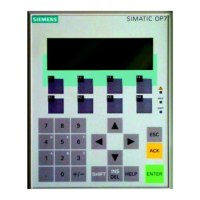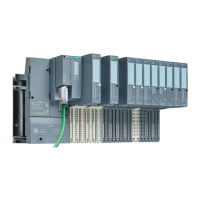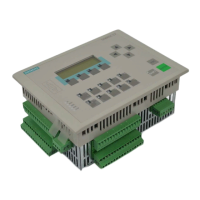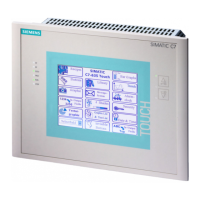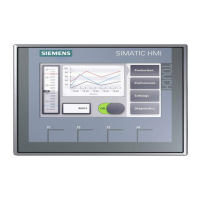5.9.2 Procedural control model
Procedural control model with example – how is it something made?
8QLWSURFHGXUH
2SHUDWLRQ
)XQFWLRQ
FRQVLVWVRIDFRQWUROOHG
YROXPHRI
FRQVLVWVRIDFRQWUROOHG
YROXPHRI
FRQVLVWVRIDFRQWUROOHG
YROXPHRI
3URGXFH39&
3RO\PHUL]HYLQ\OFKORULGHPRQRPHU
5HFRYHUYLQ\OFKORULGHUHVLGXH
'U\39&
3UHSDUDWLRQ(YDFXDWHUHDFWRUDQGFRDWUHDFWRU
ZDOOVZLWKDQWLILOP
)LOO'LVWLOOHGZDWHUDQGVROYHQW
5HDFWLRQ$GG9&0DQGFDWDO\VW
KHDWDQGUHGXFHSUHVVXUH
ZDLW
$GGYLQ\OFKORULGHPRQRPHU
$GGFDWDO\VW
+HDW
3URFHGXUH
Equipment phase
An equipment phase is the smallest element of procedural control that can accomplish a
process-oriented task. The purpose of an equipment phase is to define or cause a process-
oriented action.
Characteristics of an equipment phase:
● Can be subdivided into smaller parts in the form of steps and transitions (as described in
IEC 848: 1988).
● A step can cause one or more actions
● The execution of an equipment phase can result in:
– Commands to basic control
– Commands to other equipment phases (either in the same or another equipment entity)
– The collection of data
Technological basics complying with ISA-88.01
5.9 ANSI/ISA-88.01 models
SIMATIC BATCH V8.2
114 Operating Manual, 02/2016, A5E35958174-AA

